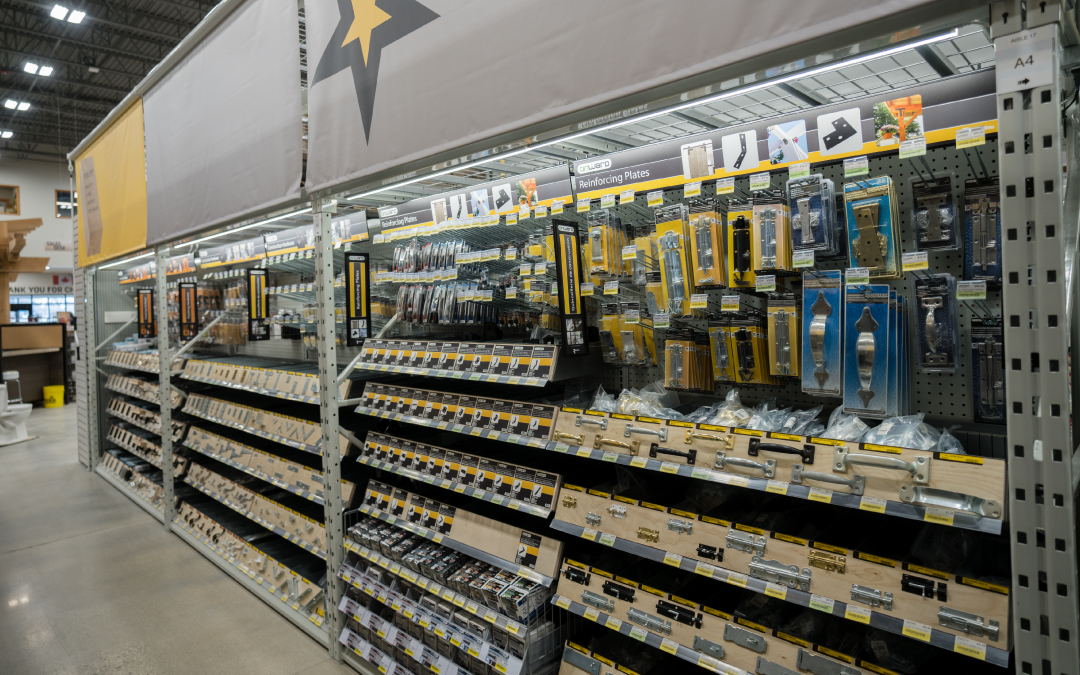The Number One Reason Customers Shop in Your Store
by | Feb 9, 2024
In a retail landscape marked by rapid shifts in consumer behavior and innovation, understanding the forces that drive customer choices is crucial for success. A recent study peels back the layers of what truly influences where customers shop for home improvement products. The primary factor isn’t price, selection, the store’s brand, its online presence, service quality, or loyalty programs. Instead, it boils down to a simple yet critical belief: “They have what I need.” This insight not only highlights the importance of availability in the home improvement industry but also serves as a foundation for the strategies and practices that retailers must adopt.
Adapting to Retail Expectations
Prior to the arrival of box stores, consumers were used to driving all over town to complete their shopping list. That’s no longer acceptable and online shopping has raised expectations for convenience, compelling smaller brick-and-mortar retailers to rethink their strategies. It has forced them to embrace retail fundamentals such as strong in-stock position, appropriate depth of stock, strategic assortment planning, engaging displays, reliable replenishment processes, logical product placement, and comprehensive staff training.
Fostering Customer Perception and Loyalty
As a retailer, building a reputation for having what customers need is a gradual process. The key lies not only in having the desired items in stock but also in shaping customers’ perceptions. For instance, they may be buying a faucet today but if you don’t use the opportunity to highlight siding options in the store, they may well think of your competitor first when they go to re-side their house six months from now. That’s why you need to position your store top-of-mind by utilizing effective, eye-catching product displays, particularly for building materials and core hardware categories.
Strategically exiting certain categories can also enhance your store’s image. A poor shopping experience can feed a negative perception, which can bleed into all categories. It’s wiser to excel in a few categories than be mediocre in many.
Implementing Operational Excellence
Continually updating your product lineup to remove slow movers and make room for in-demand items is essential. Unwanted products have a bad habit of accumulating and blocking space better devoted to desirable products. A practice common among large retailers is to regularly do line reviews to analyze customer preferences and market trends. Detailed analysis of product movement and inventory needs is critical. With that said, while reports are useful, they can’t replace the insights gained from deep product knowledge and understanding of customer projects.
In addition, adding product capacity—either through expansion or smart fixture choices—can significantly improve product availability, increasing the odds you’ll have what your customers are looking for. Even in the same footprint, BMF’s core racking system can eliminate the need for back storage rooms and make overstock readily accessible. This reduces the need for as many facings of any one product, which frees up space for more selection.
The Dual Pillars of Retail Success
Ultimately, a healthy home improvement business depends on a two-pronged approach: cultivating a positive brand perception and managing inventory to ensure customers find what they need when they need it. The journey towards retail success in today’s competitive environment is multifaceted, but retailers who focus on availability and its impact on customer choices will emerge as the preferred home improvement retailer.
Interested in learning more about the benefits of investing in your store with BMF’s full range of retail renovation services? Contact us today to get started!
Enjoy this article? You might also like:
Great Independents Can’t Be Beat


